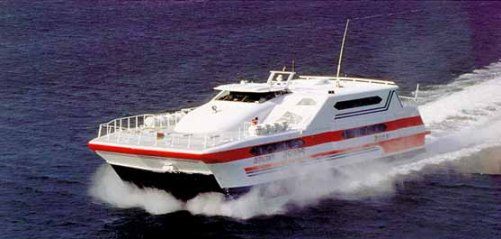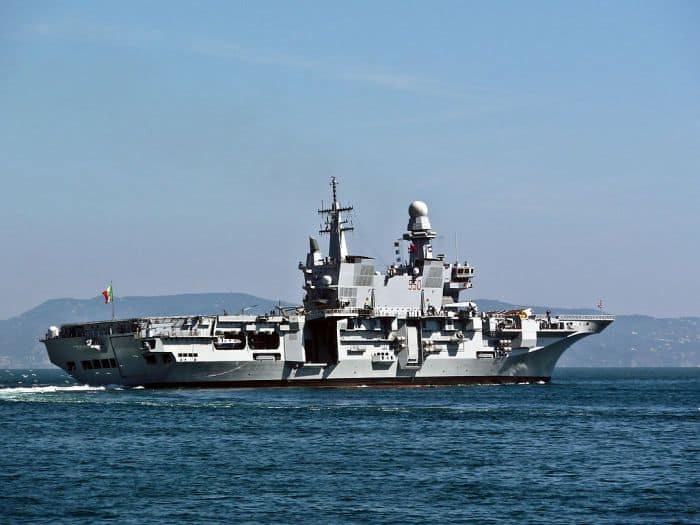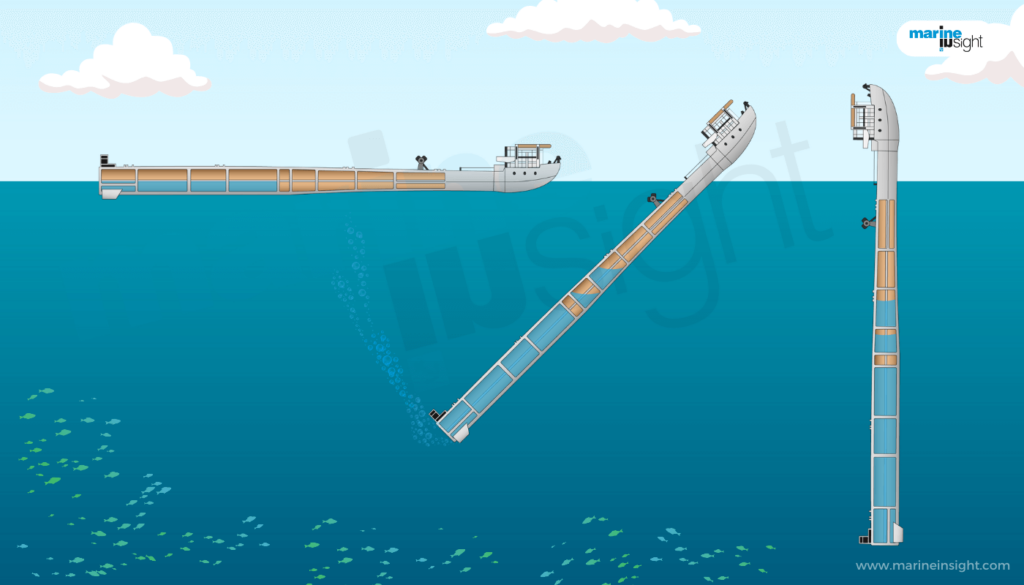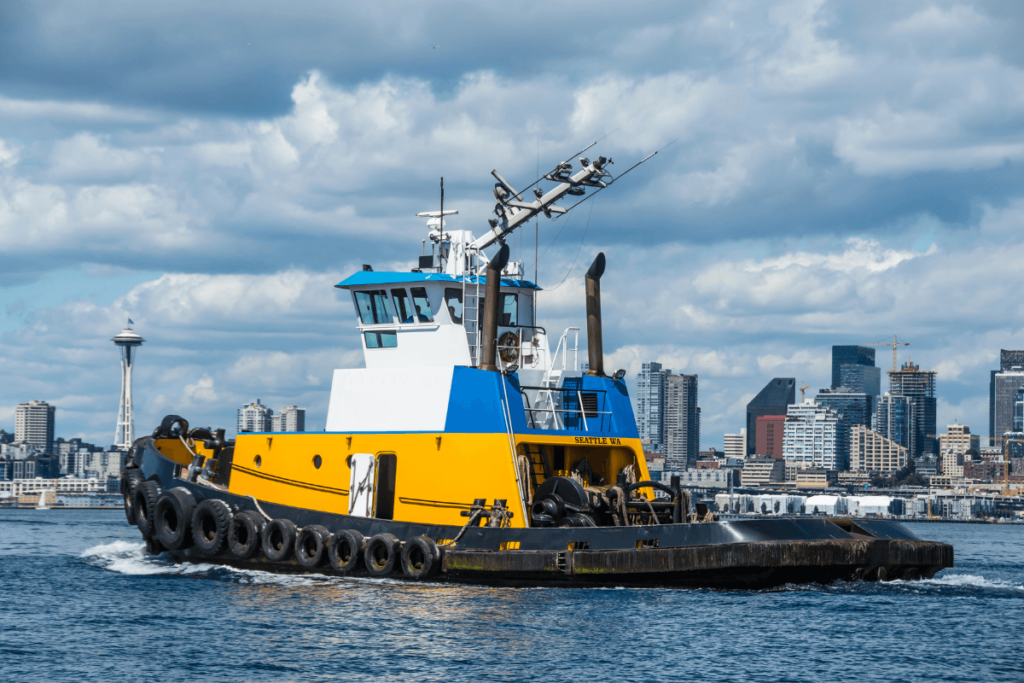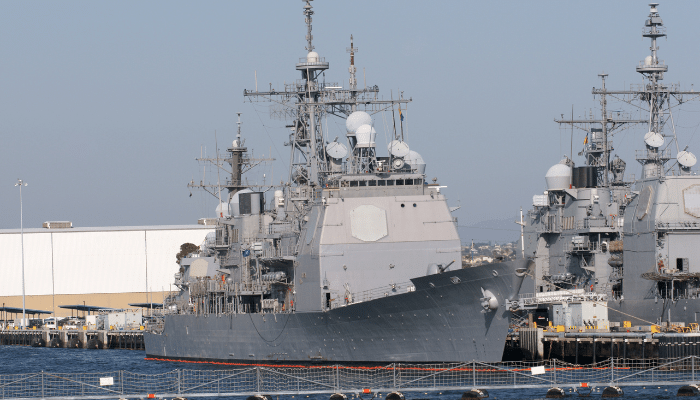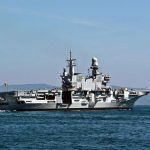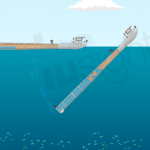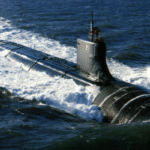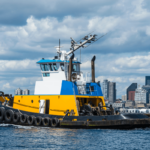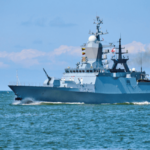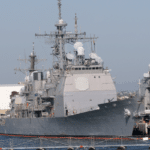What Are Surface Effect Ships?
Surface effect ships are special types of vessels which are a combination of hovercrafts and catamarans. They are so designed that they can use both air cushion and conventional propulsion as and when required. This allows them to have greater speed on sea water.
Incorporating the technology of both catamarans and hovercrafts, surface effect ships have been a part of the maritime domain since the 60s. Initially designed to be used as naval vessels, these types of ships, slowly over the years gained extreme favourability as vessels to be used for non-naval purposes too.
The main advantage of the surface effect ships is that they offer stability in any kind of water conditions on account of being equipped with both – dual hulls and air springs. Need arising, the double hulls of the vessel are complemented by the air springs, which support and cushion the vessel providing it with a good balance.
These types of ships have hulls on their sides, which calls for optimum stability while being utilised in the high seas. Originally, these vessels were designed to be operational only in smaller water parts, but in contemporary times, they have started to be utilised in the bigger water areas as ferry vessels.
Alongside stability and efficient functionality, speed is yet another factor that adds to the singularity of these vessels. When the first surface effect vessels were being designed, the target speed intended for these vessels was placed at 80 knots. Also considering that these vessels were intended to be naval vessels, speed became a very vital component.
During the late 20th century, developed nations like the United States, Norway, the United Kingdom and the Soviet Union, revolutionised the concept of surface effect vessels, as each country came up with distinctive surface effect vessels. In the present times, the Norwegian naval patrols make extensive utilisation of these types of ships.
A couple of United States’ surface effect ships were also used to launch missiles between the 1960s and 70s. The vessels, named as SES100A and SES100B were built as a part of a practical experiment conducted by the American military experts.
– Both vessels measured 24 metres lengthwise, with a breadth of 12 metres and a tonnage of 100 tonnes
– Their speed offered by the vessels almost touched 100 knots, almost exceeding the naval target of 80 knots
– At the time of the missile launching, the speed attained was around 60 knots
Several popular named associated with the surface effect vessel engineering are Hovermarine of the United Kingdom and the Rohr Industries of the United States.
Further researching has been taking place in the domain of surface effect vessels so as to better the technology and to make the vessels operational in any given water area. In the days to come, it can be expected that the vessels’ area of operation will be further widened as will be its operational scope.
Do you have info to share with us ? Suggest a correction
Latest Type Of Ships Articles You Would Like:
Subscribe To Our Newsletters
By subscribing, you agree to our Privacy Policy and may receive occasional deal communications; you can unsubscribe anytime.



